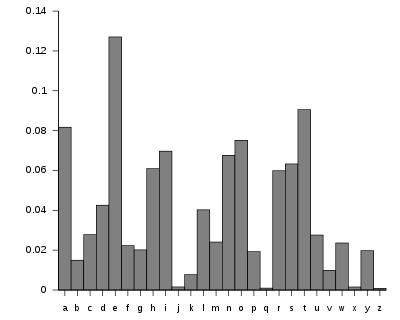Ok, so first there is the
1. keypress. As you can see in the picture, are the keys (lol).
Then,the wires that take up the body of the box that are below the box which carry the current to the
2. plugboard. This can be seen in the front of the box as the wires that go from one peg hole to another. There are usually 10-13 wires but usually 10. There are actually 2 holes for each number, where the current comes from the keys, and fom the rotors. These are used to further scramble the code, and to make it almost unbreakable. Next, after the current goes through the plugboard it goes to the dials or
3. rotors. These are the main parts to the encryption process. Here is a good example of what the rotors do.

Bassically they look like this and "rotate" the code (randomly set one letter to another).

There are usually 3-4 of them.
So, as you saw in the first picture, the current goes through the
4. reflector. This, combined with the rotors makes the code further scrambled. Not only that but it turns it back through the rotors. Ok, final strech here. the current then goes back to the plugboard. It finnaly goes through the
5. lampboard. This is a fancy way of displaying the outputed code with lights.
So now all that, which is good and all but really has nothing against.

This is a method of decryption which looks at the frequency of each coded letter to show up and can tell what it is by determining how often it was used.
That is why the most important part on any Enigma Machine is that the rotors well, rotate.
This with encryption methods 2-4 make the Enigma Machine a VERY powerful tool of encryption.
